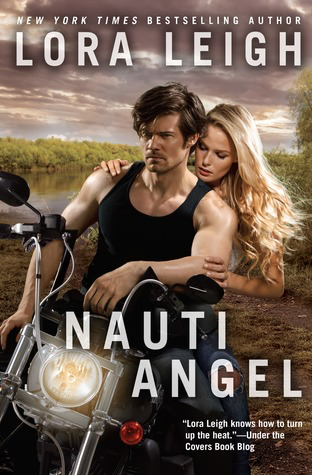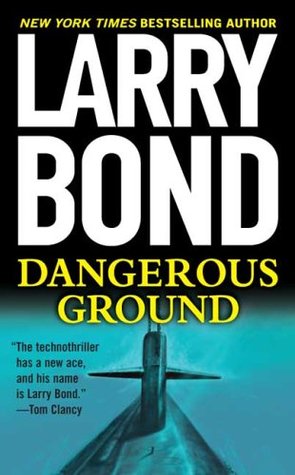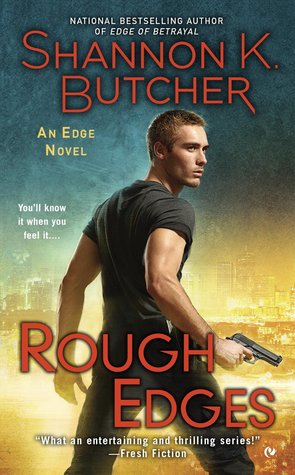I received this book for free from in exchange for an honest review. This does not affect my opinion of the book or the content of my review.

Questions of Travel
on May 14, 2013 and has 480 pages.
Explore it on Goodreads
A fictional tale of two completely different people with their completely different lives that finally, eventually, join towards the end. Briefly. The time span ranges from the 1960s to the 2000s.
I don’t know why, but it seems that literary prize-winning books always get a low score from me. Hmmm, what does that say about my tastes, lol? In 2014, Questions of Travel was nominated for the International IMPAC Dublin Literary Award. In 2013, it won the Miles Franklin Literary Award and was nominated for The Stella Prize Shortlist.
My Take
I have absolutely no idea what the point of this story was. It’s just pages and pages and pages of pointless background with pages and pages and pages of us following Laura’s stream of consciousness as she picks up odd jobs here and there, slowly finding her niche in the working world. Ravi’s story is more interesting but just as lacking in any depth. No, I’m not disrespecting Malini and Hiran, if anything I’m disappointed that de Kretser disrespects them. Simply using them to…what? She certainly hasn’t made any points with it. It’s more of an attempt to dredge up emotions by skimming through a tragedy.
I loved Charlie’s observation of Balinese affection for their children as he wonders why Westerners decided such affection spoils a child.
The description of Hiran’s joy in playing with his mother’s hair painted a lovely picture.
What was the point of all this background about Laura’s artistic talent? Why did we endure the childhood friendships, interactions at school, the Sinhalese friends and neighbors emigrating to escape the terrorism?
De Kretser has attempted tension and drama, but goes nowhere with it. She’s too busy throwing in bits and pieces. The pieces do eventually connect — they certainly add to the background of each of the unconnected but primary characters. It’s just too frustrating that it reads more like a journal missing chunks of time. All the possibilities for Ravi with Malini and Hiran, that de Kretser never uses. A mention here and there in case we forgot what happened to them. That’s it.
Who is it who has been calling Laura and hanging up on her throughout the story? What happened to Charlie’s kid? What’s the point of Deepti Pieris? Sure, de Kretser uses her to attempt a bit of treachery, but she goes nowhere with it. Well, I suppose I shouldn’t complain. At least going nowhere is consistent throughout the story. What was the point of the carved “RAVI”? Malini’s politics had nothing to do with Ravi. Perhaps de Kretser should have developed this instead of skimming it. What was the point of destroying Freda’s phone? Why bother introducing us to Hazel’s neighbors if we’re never going to interact with them? What’s the point of Layla?
The few pluses of this story are the travel and cultural exposure: Laura in England and Naples, Ravi in Sri Lanka, and both of them living in Sydney. It’s fascinating to see through their eyes, to experience the prejudices and bigotry of the other characters. I loved reading about the food while the familial interactions are universal — we’re more alike than different!
I loved de Kretser’s observations of how the state of the tourist was “always to arrive too late” when the countryside is spoiled, politics has gotten in the way, progress has corrupted…nothing is as good as what the tourist has missed. And ain’t it the truth! She goes on to point out the silliness of it with if onlys that go back as far as the Flood!
The best of this story is de Kretser’s occasional, brilliantly descriptive turns-of-phrase and the mechanics of her writing.
Because this is an ARC and there is a deadline to submit this review before it’s published, the actual quotations may not be retained in the story — and that would be a shame:
“A waterfall in a forest was mourning its lost life as a cloud.”
“…the Atlantic approached, slow as a slattern, to smear its gray rags along the shore.”
“It is the winter in people’s hearts that is hard to bear.”
“The currency of childhood is wishing. Money’s only what grown-ups put in its place.”
“By the end of that sumer, Australia had entered Ravi. How it would keep him company no matter where in the world he went.”
Unfortunately, these weren’t enough of these to counter the pointlessness of Questions of Travel. It would have worked better as snippets of stories left on their own. Perhaps as entries in a journal…
The Story
On the one hand, Laura is an ugly woman with no ambition other than to explore the world, and we follow her on her meandering travels. Then we encounter Ravi Mendis beginning with his childhood, getting caught up in his wife’s campaigning against Tamil terrorism against Sinhalese soldiers, police, and ministers in Sri Lanka, and following his struggle to survive.
Eventually Laura and Ravi end up working at a travel guide publishing company. And Laura needs a destination that turns out to be Ravi’s homeland. It’s sad that the ending merely made me feel a little bit bad. To be honest, my reaction was mostly one of relief at Laura’s fate and a mild curiosity about Ravi’s.
The Characters
The majority of those characters I’ve listed are simply pointless color. And, yes, I’ve left a number of characters out. It’s as if de Kretser was told to develop a background for her characters, but no one told her she didn’t have to put it all in the story.
Laura Fraser is the youngest, unwanted child in the family. Hester is an aunt who came to her father’s rescue when his wife died, and it’s her influence that encourages Laura’s travels. Cameron is the only surviving schmuck of a brother who goes on to a career in commercial law; Hamish is the twin who doesn’t go far. Donald Fraser is the medical director of a hospital and her father. At least in name. He marries the anesthetist — we never do learn her name. He reaps the attention he has sown.
Ravi Mendis is the middle child, a boy, fascinated by computers and ambitious to get ahead. Until he falls in love with Malini de Zilva, and they have a son, Hiran. Freda Hobson encourages Malini in her politics and aids Ravi in the aftermath.
Priya is his conventional older sister with a big chip on her shoulder; she marries Lal Fonseka, an amiable dimwit. Varunika is the youngest daughter who ends up working as a nurse in Africa. Suresh Mendis is his father, anxious to make his wife, Carmel, happy. Mrs. Andrado was their ambitious neighbor. D.S. Basnayake is a relative of the Mendis’ who grudgingly helps the young couple out. Frog-Face is a professor who comes in handy.
Tracy Lacey is Laura’s snobbish “friend” who occasionally pops up to be a condescending brat. Destiny is Tracy’s even worse child. Charlie McKenzie was one of Laura’s art school teachers, and her first long-term lover. Blanche was a landlady in England.
Theo Newman was one of her few friends in England; he introduced her to a variety of people including Bea Morley who became a lifelong friend (and has a cousin, Vivienne, who provides Laura with a great opportunity) and Meera Bryden, an editor of a travel glossy who takes on Laura (Meera’s husband, Lewis, is a crude jerk). Theo’s mother, Anna, was a German refugee who told her son stories of her past. Gaby Shapton is his married sister. Dr. Gebhardt (I suspect it’s a slip of the pen that reveals the doctor as a woman…). is his thesis supervisor.
Roshi de Mel and Anusha are the daughters of friends who emigrate; Roshi briefly pops up again but I really don’t see the point of this character. Aloysius is their father. Dudley seems to be their mentally challenged brother who gets left behind. Nimal Corea is his web designing friend who gets fed up, again and again. I liked the idea of RealLanka.
Angie Segal is the immigration lawyer in Sydney. Hazel Costigan is the woman who will rent a shed to Ravi in Sydney. Bettany is, I think, Hazel’s daughter with Robbo, but she doesn’t live with Hazel. It’s very vague. Fair Play is a spoiled beagle-whippet, who adds color, but I wouldn’t miss him if he had never appeared. Kev is Hazel’s fourth, and he has Lefty, a big blond Labrador—adding more color. Russ is the third son (I think). Damo is Hazel’s youngest son; he’s protective of his mother and compassionate. He’s also gay. Len is a husband who is mentioned twice. More color. And yet more color when we learn about Hazel’s chairs. None of which has any bearing on the story.
Ramsay Publications (mostly in Sydney)
Helmut Becker works in the design office. Nadine Flanagan is the webmaster; I have no idea how Tyler Dean fits into the office other than that he’s a techie, appears to be in charge, and hires Ravi as a favor to his lover, Damo. Cliff Ferrier runs the office now that the owner/founder/director and his new trophy wife are running around the globe, shopping. Quentin Husker is the head of Publishing whose sister Arabella was once married to Alan Ramsay. Crystal Bowles is obsessed with status and fashion. Jade is her sister who worked with Robyn Carr heads up Marketing. Paul Hinkel becomes the HR manager. Gina Piggott runs the London office, and she has what we first believe are delusions of grandeur.
Alice Merton. Hugo Drummond is a dead artist whose still-living lover, Carlo Ferri, needs live-in help. Rosalba is Carlo’s cousin, and she shares a secret past and passion with him.
Banksia Gardens, the old folks home
Abebe Issayas is an Ethiopian nurse’s aide. Hana is his sister with a daughter, Tarik.
The Cover and Title
The cover is golden with its porthole looking out onto a slope of forested land poking out into the water.
The title would be more appropriately titled Questions of Why anyone bothered to publish this.





